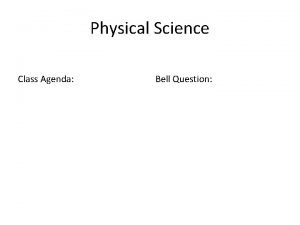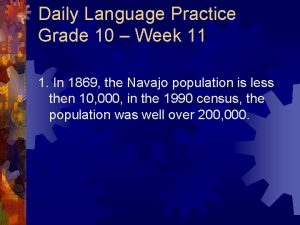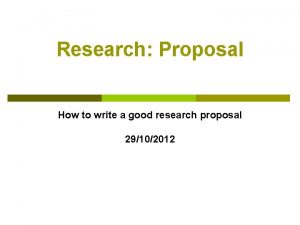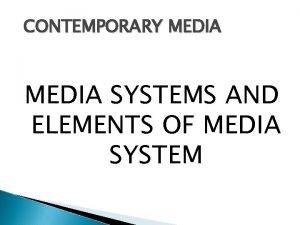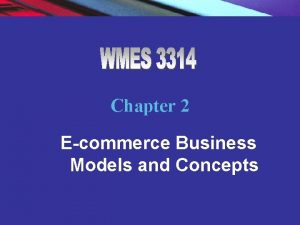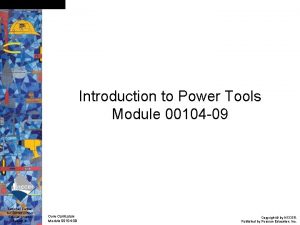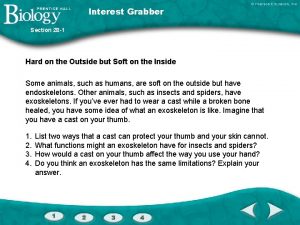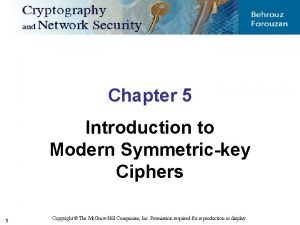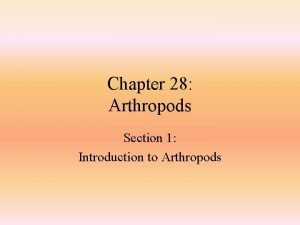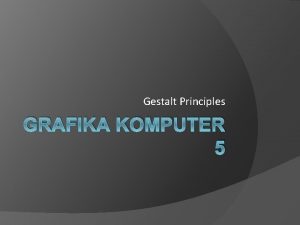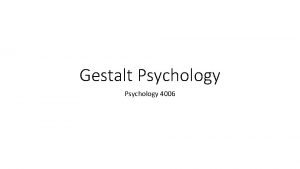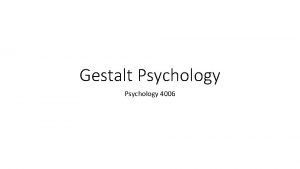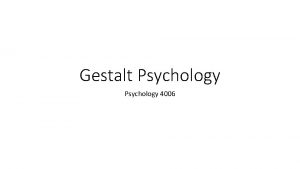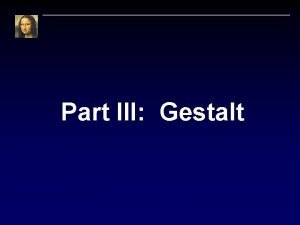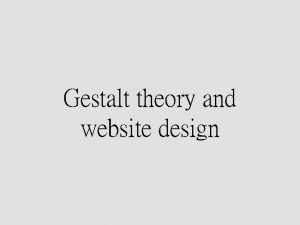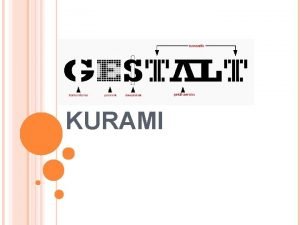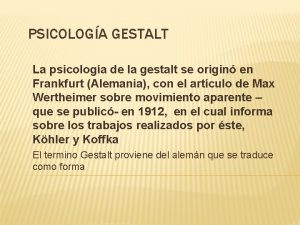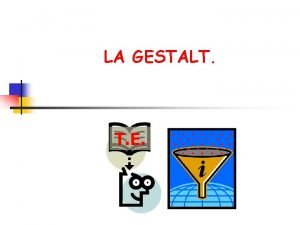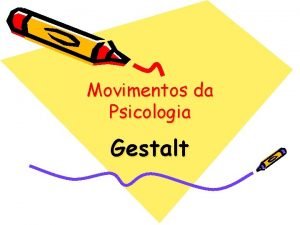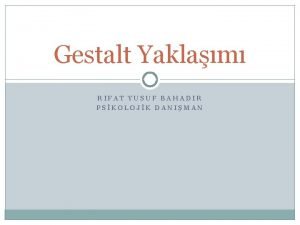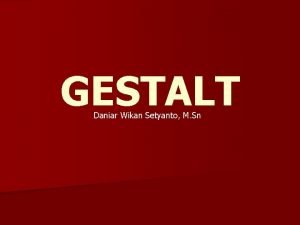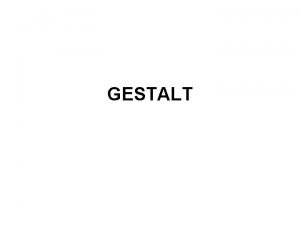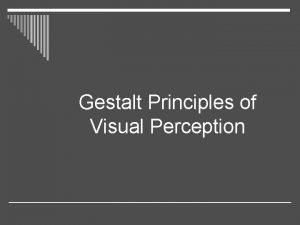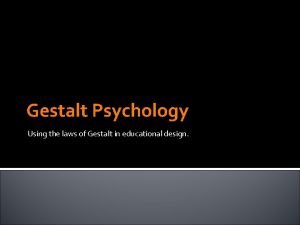GESTALT Introduction 2 Week 10 GESTALT KEY COMPONENTS





















- Slides: 21

GESTALT Introduction 2 Week 10

GESTALT KEY COMPONENTS EXISTENTIAL PHILOSOPHY “What is a human being? How does he or she function? Why do we exist? Is there a reason to exist? How should we behave toward each other? How does psychological illness develop? ” Søren Kierkegaard (1 st existential philosopher) proposed that each individual -not society or religion- is solely responsible for giving meaning to life and living it passionately and sincerely, or "authentically". Existentialism became popular in the years following WWII, and strongly influenced many disciplines besides Philosophy, including theology, drama, art, literature, and psychology. Existence is free and realizes itself only in the doing. PHENOMENOLOGY Phenomenology (from Greek phainómenon "that which appears" and lógos "study") is the philosophical study of the structures of experience and consciousness.

GESTALT KEY COMPONENTS EXISTENTIAL PHILOSOPHY People experience reality, i. e. reality is interpreted. Reality is based on relationship with the environment. We produce (our) reality, responsibility and choice belong to us. PHENOMENOLOGY EXPERIENCE IS THE FOCUS, no the ideas, interpretations upon it. AWARENESS is brought into what is happening in the moment, here and now. A new reality can be created by the means of changing. Gestalt can be described as: “I-Thou, Here and Now, What and How” “Everything is a process, everything is moving and changing” (Yontef)

GESTALT KEY COMPONENTS RELATIONAL THEORY • Every individual is a WHOLE: mind, body and soul • Humans are best understood in relation to their current situation as he or she experiences it. Context or environment and an individual are inextricably related.

Fundamentals of the Gestalt approach: The therapeutic relationship • A living experiential encounter between two real human beings. • Dialogic relationship. • Both are risking themselves at it. • Moment by moment process of the relationship is the focus. • Swap from the “I-It” relationships, in which we turn others into objects to get our needs met, to the “I-Thou” relationships between genuine humans is the goal of therapy. • Uniqueness is recognised as essential humanity is honoured.

Fundamentals of the Gestalt approach: Wholeness • Every individual is a WHOLE: mind, body and soul. • The person is a unity of psyche and soma, i. e. The Body and psyche are identical and react as a whole. They are denoting two aspects of the same phenomenon. • Integration of all (intrapsychic, behavioural, physiological, affective, cognitive and spiritual) aspects of a unique individual. • A realistic and integrative approach that takes into account both the dark and regressive aspects of being human and the innate strivings towards health. • We aim for experiencing our wholeness, individual richness and diversity.

Fundamentals of the Gestalt approach: Self regulation • An organism has a natural tendency to regulate the self. • Illness is seen as a disturbance of the tendency in self regulating. The goal of therapy is to re-establish this natural and healthy functioning. • Self (defined by Perls) • Contacts the actual transient present. • “Self exists where there are the shifting boundaries of contact. . . ” (Perls et al. , 1951/1969: 374) • Ground of action and passion - the actualising of the potential. • Processes of emotion, evaluation and integration of organic needs by this “concentrating self” occurs consciously or unconsciously. • Ego, Id and personality are separate partial structures of appearances of the self.

Fundamentals of the Gestalt approach: Self regulation • Gestalt is a need based approach: • Whenever an imbalance (internal or environmental) occurs it will be experience as a dominant figure against the background of that person’s other experiences. • The healthy person differentiates the need and responds appropriately, restoring balance, releasing new energy and allowing the next important need to emerge. • Effective self regulation depends on discriminating sensory awareness which allows the person to use what is nourishing and to reject what it is not. • Aggression (value free term which connotes life force) is used to destroy or “de-structure” in order to grow, flourish or play.

Fundamentals of the Gestalt approach: The attitude of the counsellor • The counsellor uses himself or herself actively and authentically in the encounter with the client. • He/She is active, present as a person and interventionist in the counselling relationship. • Expects grow, willingness to risk and own responsibility from the client. • The Gestalt approach values a commitment to experimentation, creativity and risk-taking for both client and counsellor. • The process of gestalt provides experiences of how life can be fully and richly lived. (through acute sensory awareness, a range of emotional responses and effective action)

Fundamentals of the Gestalt approach: The place of the technique in Gestalt Counselling • Holistic frame of reference with specific techniques help integrating mind-body and action-introspection. • Creativity is enhanced and nurtured within the relationship. • “Experiments” which invite people into heightened experience of the body-mind self, authentic encounters with meaningful others and an impactful relationship with the environment, are used. • Techniques are rediscovered and re-invented within the moment-by-moment flow between each unique counsellor/client partnership. • DIALOGUE between the partners in growth is made the main healing dimension. • Openness, flexibility and structure diversity, depending on the needs of each particular moment in the healing process, are aimed for.

Fundamentals of the Gestalt approach: Psychosomatic Unity • The client is invited by means of creative experimentation to discover his non-verbal signs meanings. I. e. After deliberately intensifying the tension, Daisy discovers “the pain in her neck” is a physiological enactment of her daughter being “a pain in the neck”. • How people walk or what they do during a session can be non-verbal cues of interaction.

Fundamentals of the Gestalt approach: Demands on the Counsellor • The counsellor needs to develop all of her potentialities in order to be authentic when she invites the client to develop all of the client’s potentialities. • Is open to the exigencies of existence. • Excitement, vividness and richness of experience are positively valued.

Fundamentals of the Gestalt approach: Respect for the Integrity and Defence and Challenge to Change • Gestalt practice requires and facilitates the courage to face existential risk and disappointment while ever remaining hopeful of human growth and development. • Reorganisation of the personality: Disintegrating and integrating processes, to be balanced so that the dissociated material can be assimilated by the client. • Provocative challenge, nurturing support or laissez-faire neutrality are modalities to choose according to the moment.

Fundamentals of the Gestalt approach: The place of Diagnosis in Gestalt • Diagnoses or psychopathology represents a fragmentation of this inherent Gestalt of unity of bodymind. • Repetition patterns or past are freshly brought and expressed by action in the present moment of therapy. • Phenomenology according to Yontef’s four space-times zones (1988): • “Here-and-now”: whole person’s environment field at any particular moment, including plans, fantasies, memories. . . • “life-space” Includes the person’s current existence, both in and out of therapy. “There and now” • “Here-and-then”, therapeutic context, therapeutic relationship and eventual further support. (group sessions, different agencies) • “There-and-then” the client’s life story, so that development can be appreciated over time. This is the historical background that allows meaning to emerge, “the sequence of prior experimental moments”

Fundamentals of the Gestalt approach: Responsibility EXISTENTIALISM: • Each person is responsible for the experience of his or her own life. • Individuals make choices to act or not to act and he or she is responsible for those choices. • We are responsible for the meaning we give to our lives as we chose our attitudes towards, and our behaviour in, such situations. (Viktor Frankl) SYSTEM APPROACH: • Responsibility for the self inevitably includes responsibility for the others who share our world. No self can be separated from its environment.

Fundamentals of the Gestalt approach: The place of the Gestalt approach in the Field of Counselling The Gestalt approach is characterised by: • Immediacy, relationship and experimentation. • Creativity and spontaneity. • Along with Humanistic approaches: faith in self-regenerating and self-healing forces of the human being. • Unique individuality and responsibility of each human being as s/he freely creates a future in the present moment.

Awareness, Dialogue & Process: Essays on Gestalt Therapy. Gary M. Yontef defines early Gestalt approach stressing the following: • Attention to possibilities: Belief in the power of human capabilities. • Awareness and presence: Both therapist and client grow by being actively present in therapy and outside world. Emphasises what people know and can learn by focusing on awareness. (Instead of focusing on the unconscious and unknown_psychoanalysis) • Experiment: Help finding out what is possible. New behaviour can be tried and tested it with own awareness processes. • Here and now: “What are you doing right now and how are you doing it? ” Therapist and patient engage each other based on what is actually being experienced, done, or needed at the very moment. Descriptive, process, field emphasis on what and how. • Two Styles: – Theatrical, cathartic approach in which technique is accentuated more than person-to-person involvement. – Person to person , contact oriented approach. A dialogic emphasis on the paradoxical theory of change being present.

How does gestalt therapy work? • Fundamentally, gestalt therapy works by teaching clients how to define what is truly being experienced rather than what is merely an interpretation of the events. Those undertaking gestalt therapy will explore all of their thoughts, feelings, behaviours, beliefs and values to develop awareness of how they present themselves and respond to events in their environment. This gives them the opportunity to identify choices, patterns of behaviour and obstacles that are impacting their health and well-being, and preventing them from reaching their full potential. • The unfolding of this therapeutic process will typically involve a range of expressive techniques and creative experiments developed collaboratively between therapist and client. These will be appropriate for the client and their specific problems.

How does gestalt therapy work? Some of which are: Role-play can help individuals to experience different feelings and emotions and better understand how they present and organise themselves. The 'open chair' technique The open chair technique involves two chairs and role-play, and can give rise to emotional scenes. The client sits opposite an empty chair and must imagine someone (usually himself/herself or parts of him or her) in it. They then communicate with this imaginary being - asking questions and engaging with what they represent. Next, they must switch chairs so they are physically sitting in the once empty chair. The conversation continues, but the client has reversed roles - speaking on behalf of the imagined part of his or her problem. This technique aims to enable participants to locate a specific feeling or a side of their personalities they had 'disowned' or tried to ignore. This helps them to accept polarities and acknowledge that conflicts exist in everyone. Dialogue A gestalt therapist will need to engage the client in meaningful and authentic dialogue in order to guide them into a particular way of behaving or thinking. This may move beyond simple discussion to more creative forms of expression such as dancing, singing or laughing. Discussing dreams Dreams play an important role in gestalt therapy, as they can help individuals to understand spontaneous aspects of themselves. Fritz Perls frequently asked clients to relive his or her dreams by playing different objects and people in the dream. During this they would be asked questions like: "What are you aware of now? " to sharpen self-awareness. Attention to body language Throughout therapy, a gestalt therapist will concentrate on body language, which is considered a subtle indicator of intense emotions. When specific body language is noticed, therapist may ask the client to exaggerate these movements or behaviours. This is thought to intensify the emotion attached to the behaviour and highlight an inner meaning. For example, a client may be showing signs of clenched fists or frowning, to which therapist may ask something along the lines of: "What are you saying with this movement? “

Empty chair technique and exaggeration exercise: www. goodtherapy. org/learn-about-therapy/types/gestalt-therapy • The empty chair technique is a quintessential gestalt therapy exercise that places the person in therapy across from an empty chair. He or she is asked to imagine that someone (such as a boss, spouse, or relative), they, or a part of themselves is sitting in the chair. The therapist encourages dialogue between the empty chair and person in therapy in order to engage the person’s thoughts, emotions, and behaviors. Sometimes the roles are reversed and the person in therapy assumes the metaphorical person or part of a person in the chair. The empty chair technique can be especially useful for helping people become mindful of the whole situation and forgotten or disengaged pieces of their own self. • Another common exercise in gestalt therapy is the exaggeration exercise. During this exercise, the person in therapy is asked to repeat and exaggerate a particular movement or expression, such as frowning or bouncing a leg, in order to make the person more aware of the emotions attached to the behaviour. • The empty chair technique and the exaggeration exercise are two of many gestalt therapy techniques used to help people in therapy increase their awareness of immediate experiences. Through exercises and spontaneous experiments, gestalt therapy also allows people reconnect with parts of themselves they may minimize, ignore, or deny.

references • • • www. gestaltcentre. org. uk/what-is-gestalt/ www. goodtherapy. org/learn-about-therapy/types/gestalt-therapy www. youtube. com/watch? v=ii. Jr. Qy 3 -Tas# (5. 20 -9. 55 mins) www. en. wikipedia. org/wiki/Existentialism www. allaboutphilosophy. org/existentialism. htm www. en. wikipedia. org/wiki/Phenomenology_(philosophy) • • Awareness, Dialogue & Process: Essays on Gestalt Therapy. Gary M. Yontef Gestalt Counselling in Action. P. Clarkson.
 Week by week plans for documenting children's development
Week by week plans for documenting children's development Business model sample
Business model sample Business model canvas tripadvisor
Business model canvas tripadvisor 5-a-day language review week 26 answer key
5-a-day language review week 26 answer key Paranoia in a sentence
Paranoia in a sentence Dgp week 11 answers
Dgp week 11 answers Bell ringer response sheet week 9 answer key
Bell ringer response sheet week 9 answer key Did you see big
Did you see big Daily language review week 11 answer key
Daily language review week 11 answer key Dgp week 10
Dgp week 10 Slidetodoc
Slidetodoc What is media system
What is media system E commerce business model definition
E commerce business model definition What are the 7 key components of financial planning
What are the 7 key components of financial planning Body paragraph structure
Body paragraph structure Introduction to power tools nccer
Introduction to power tools nccer Section 32-1 introduction to the mammals
Section 32-1 introduction to the mammals Section 28-3 insects
Section 28-3 insects Modern symmetric key ciphers
Modern symmetric key ciphers Introduction of arthropods
Introduction of arthropods Chapter 19 section 1 introduction to protists answer key
Chapter 19 section 1 introduction to protists answer key Delmar learning medical abbreviations
Delmar learning medical abbreviations






